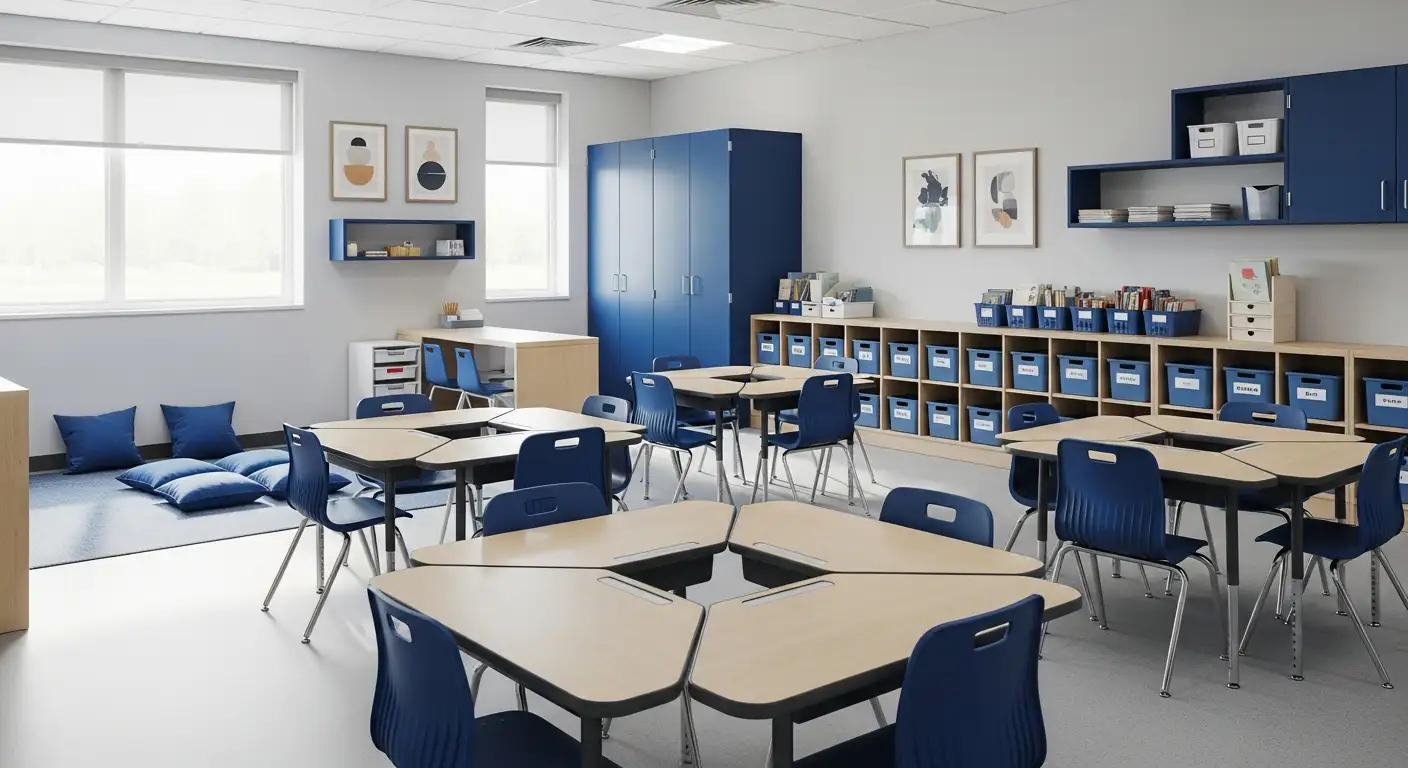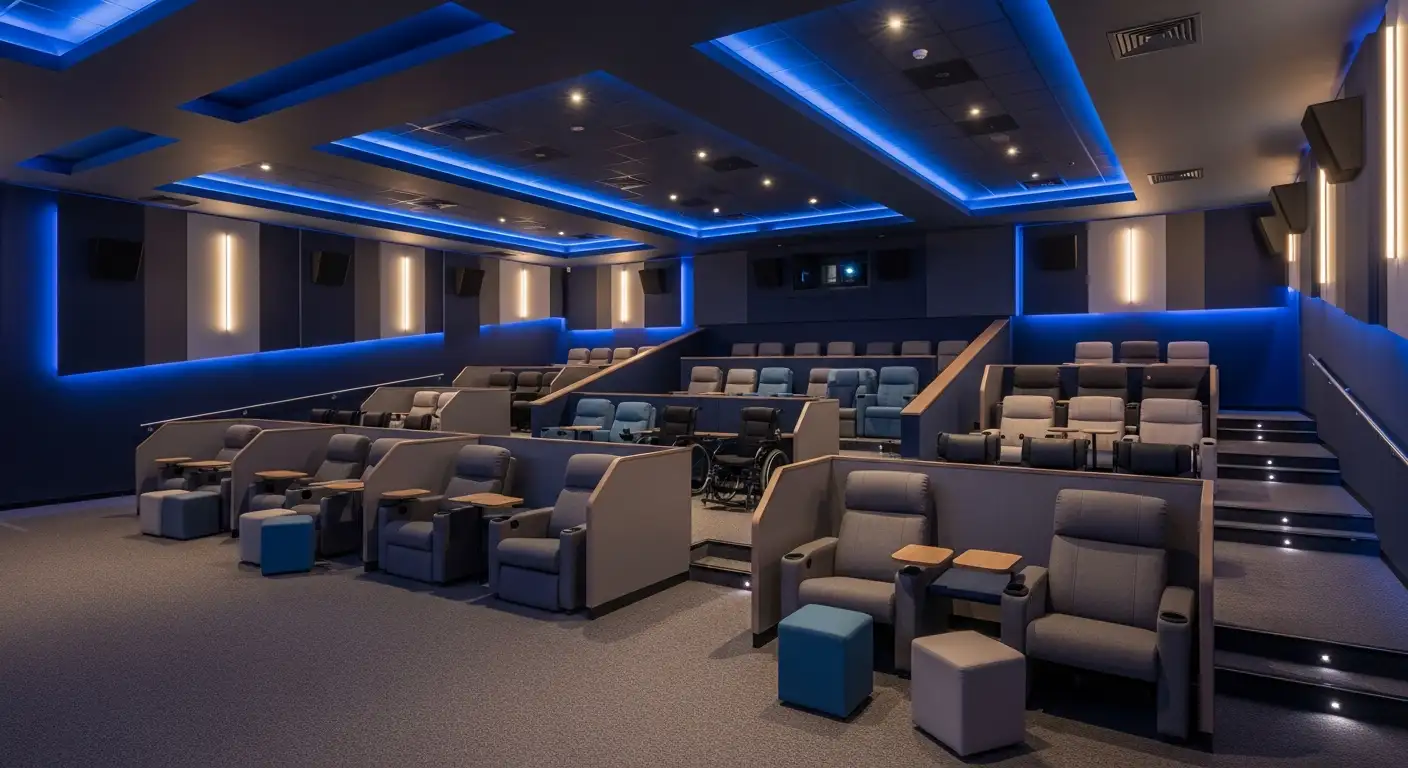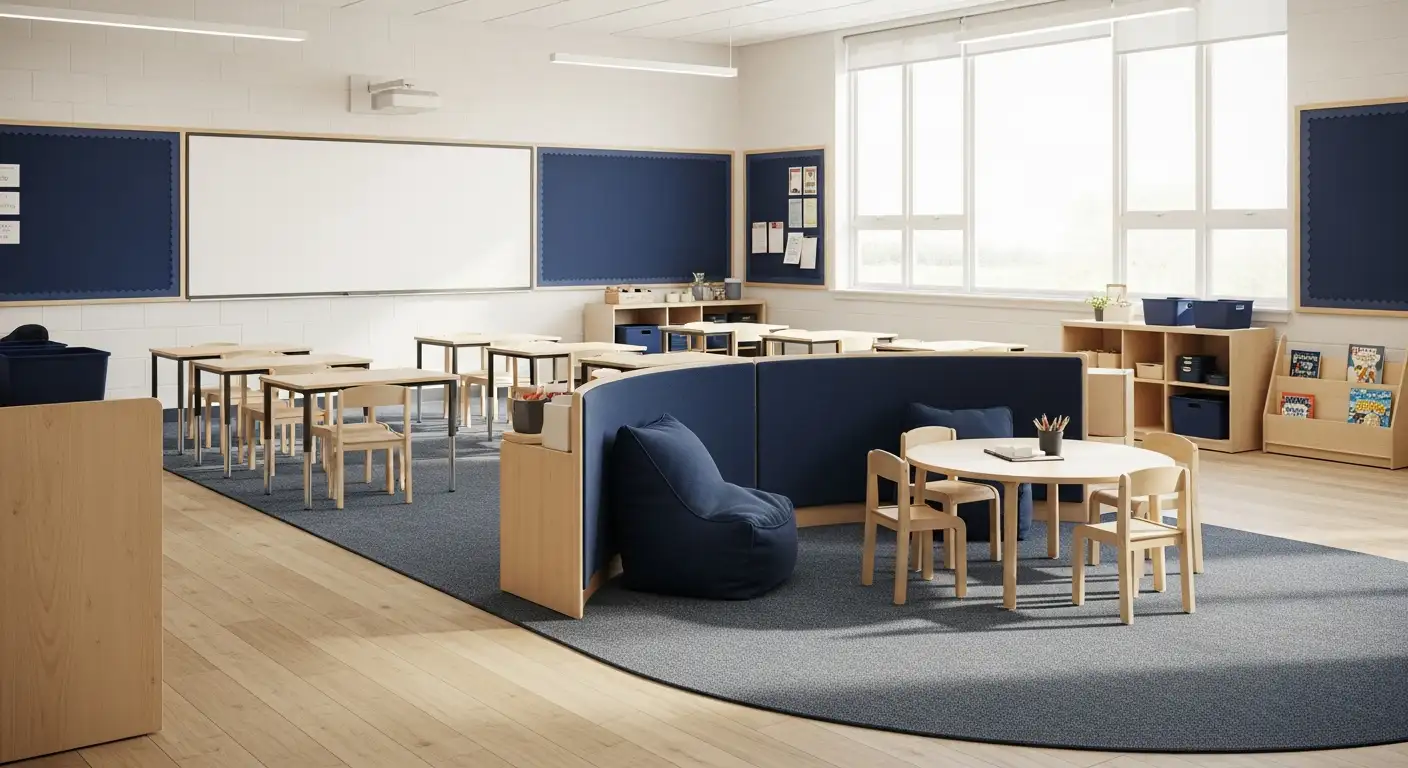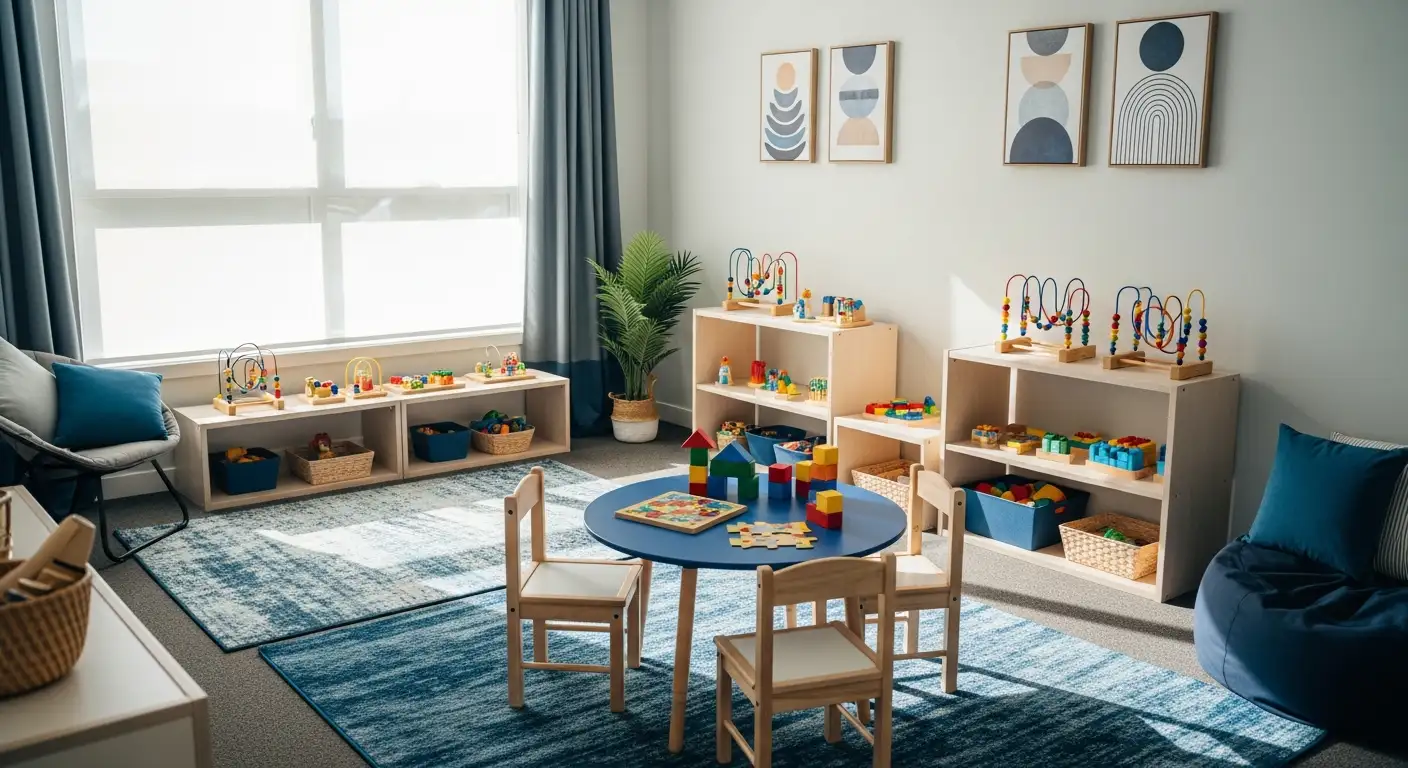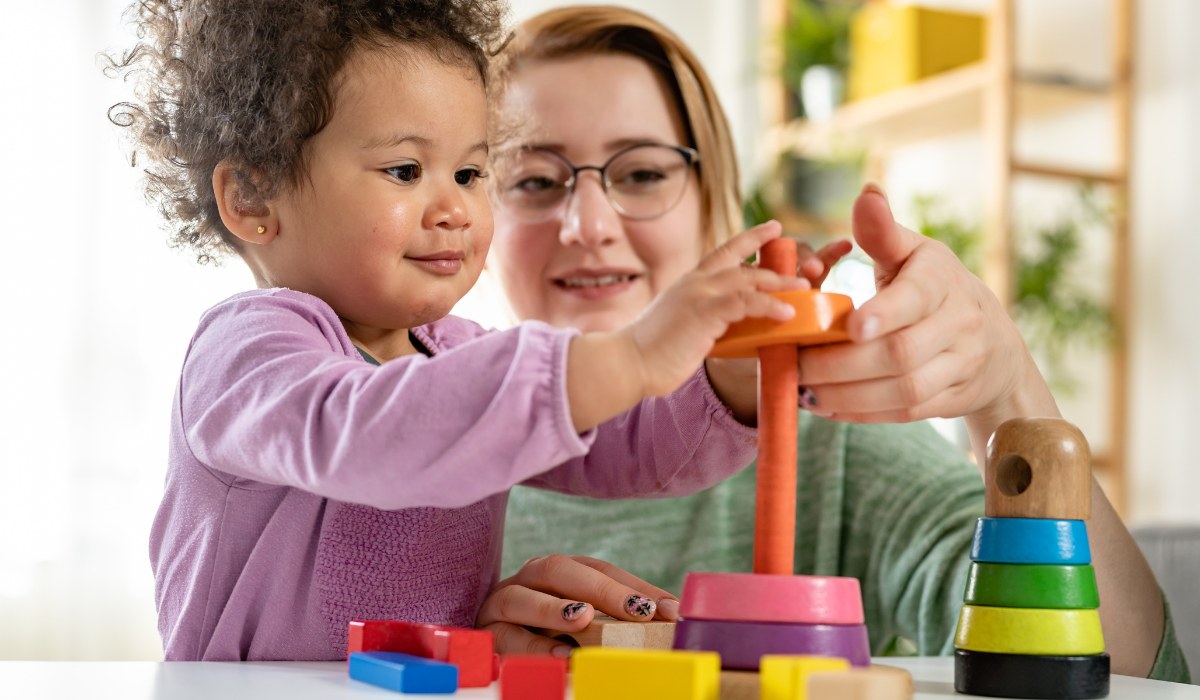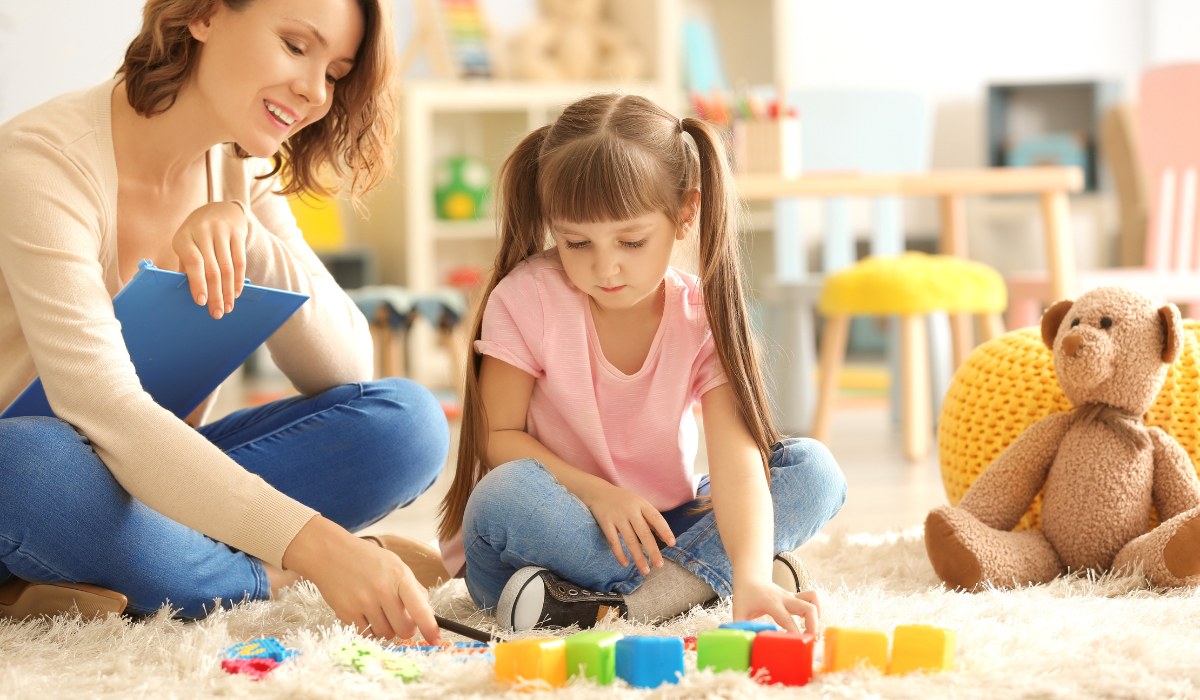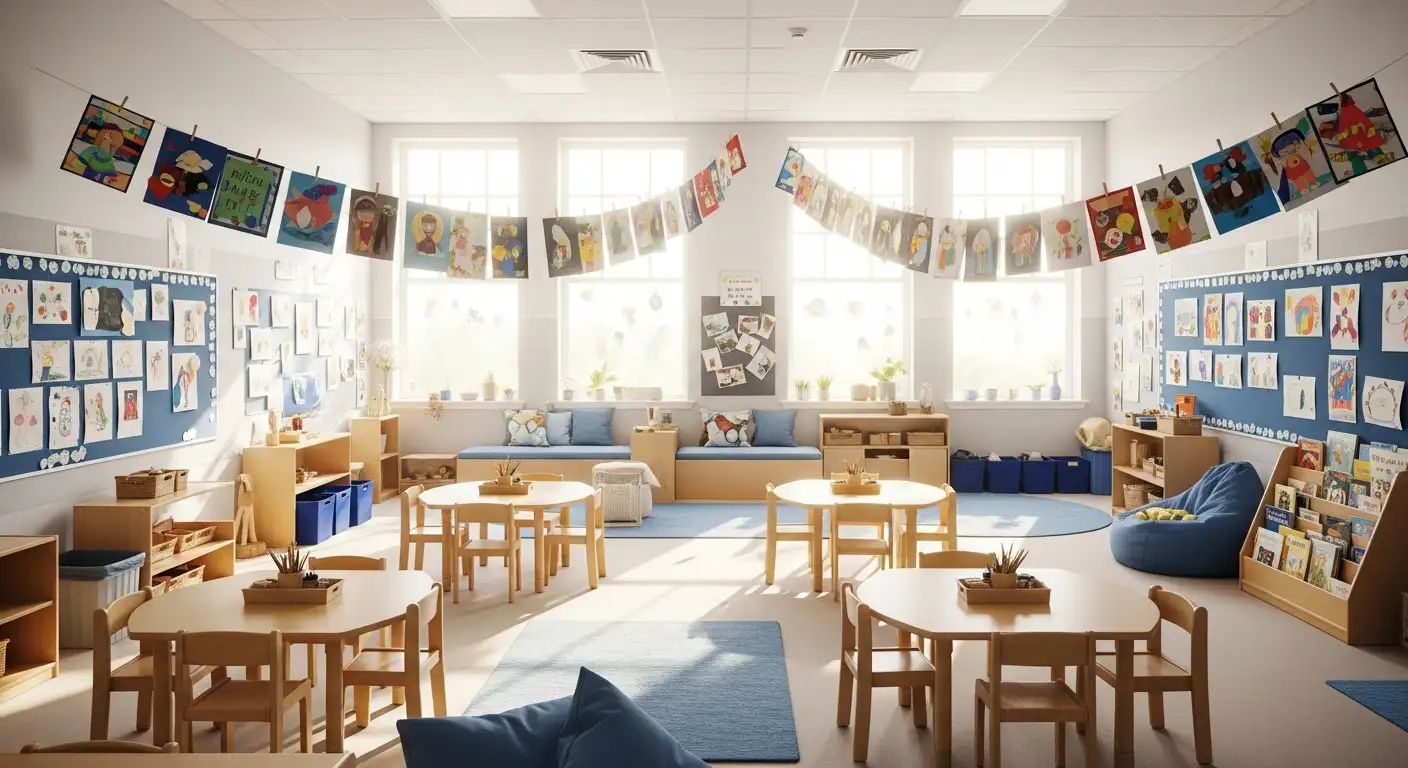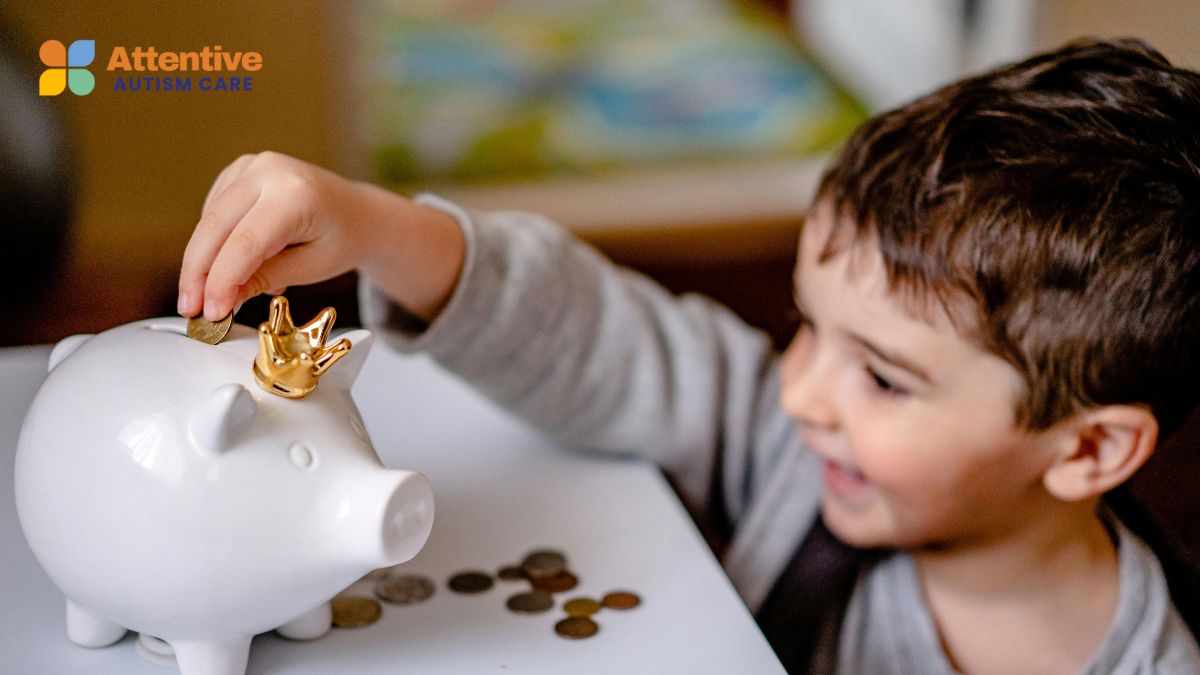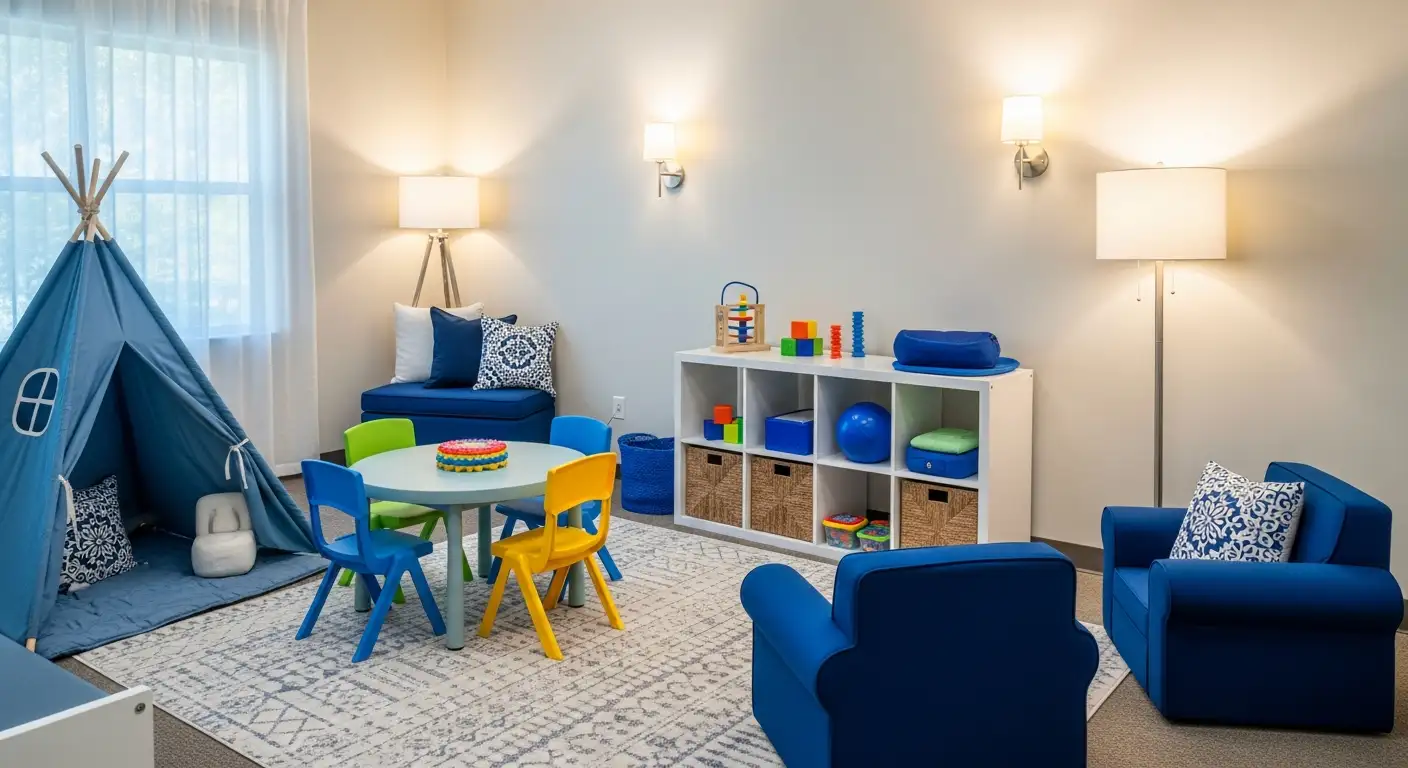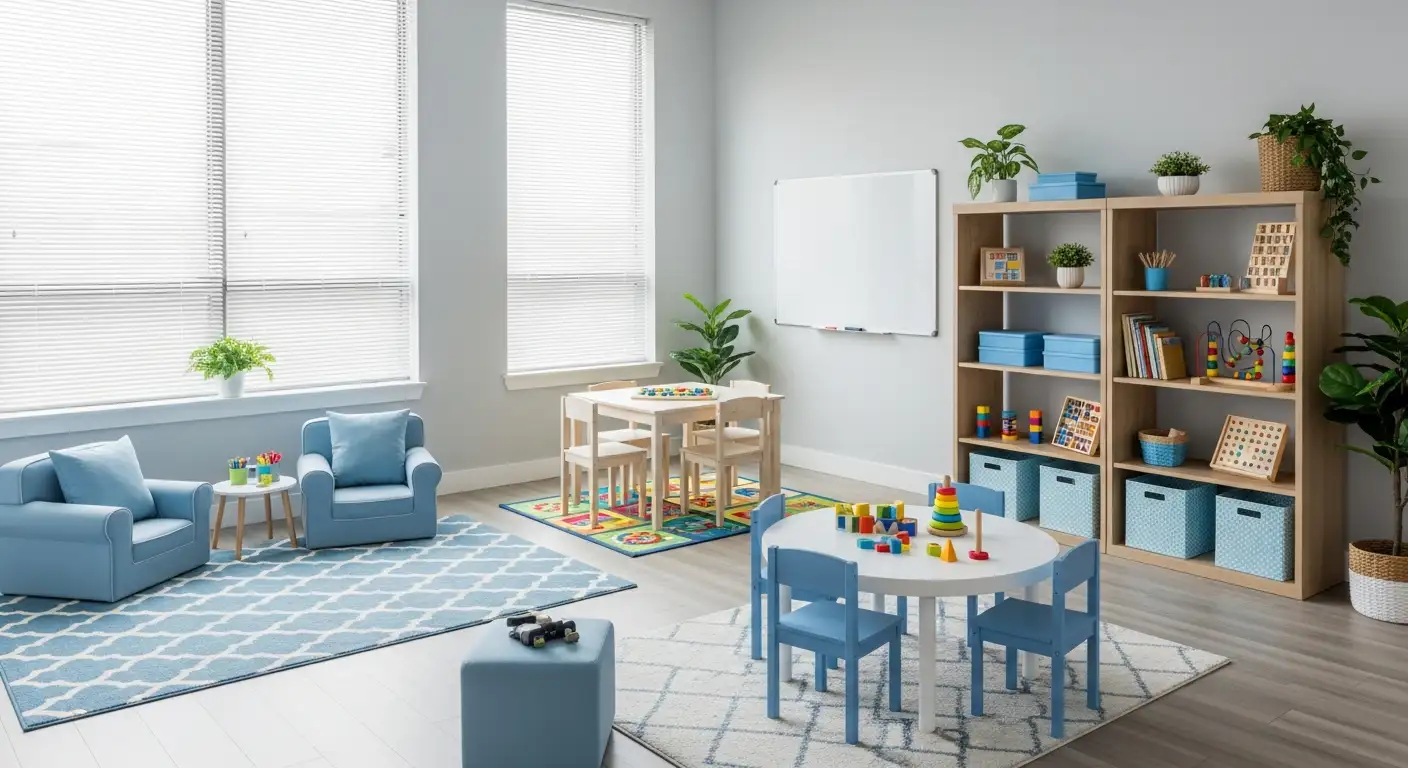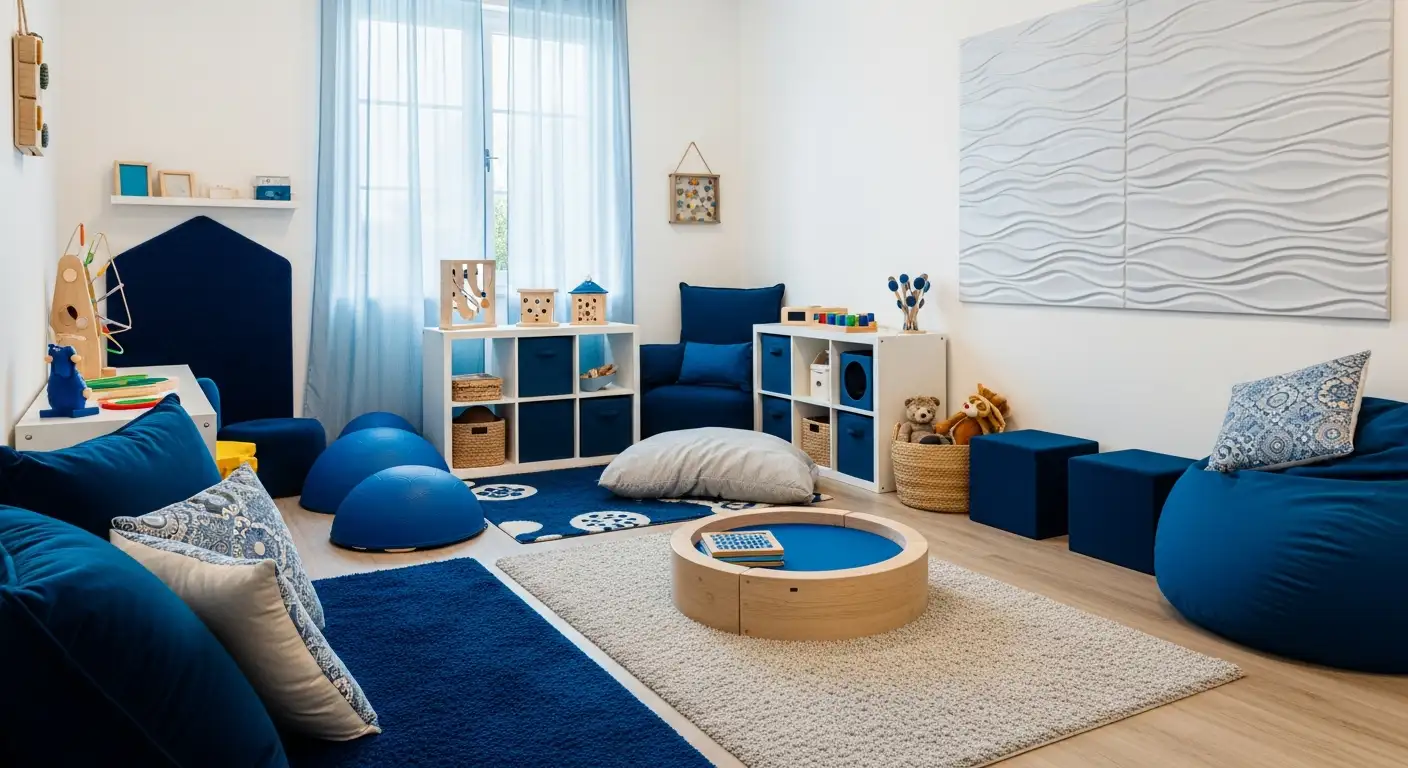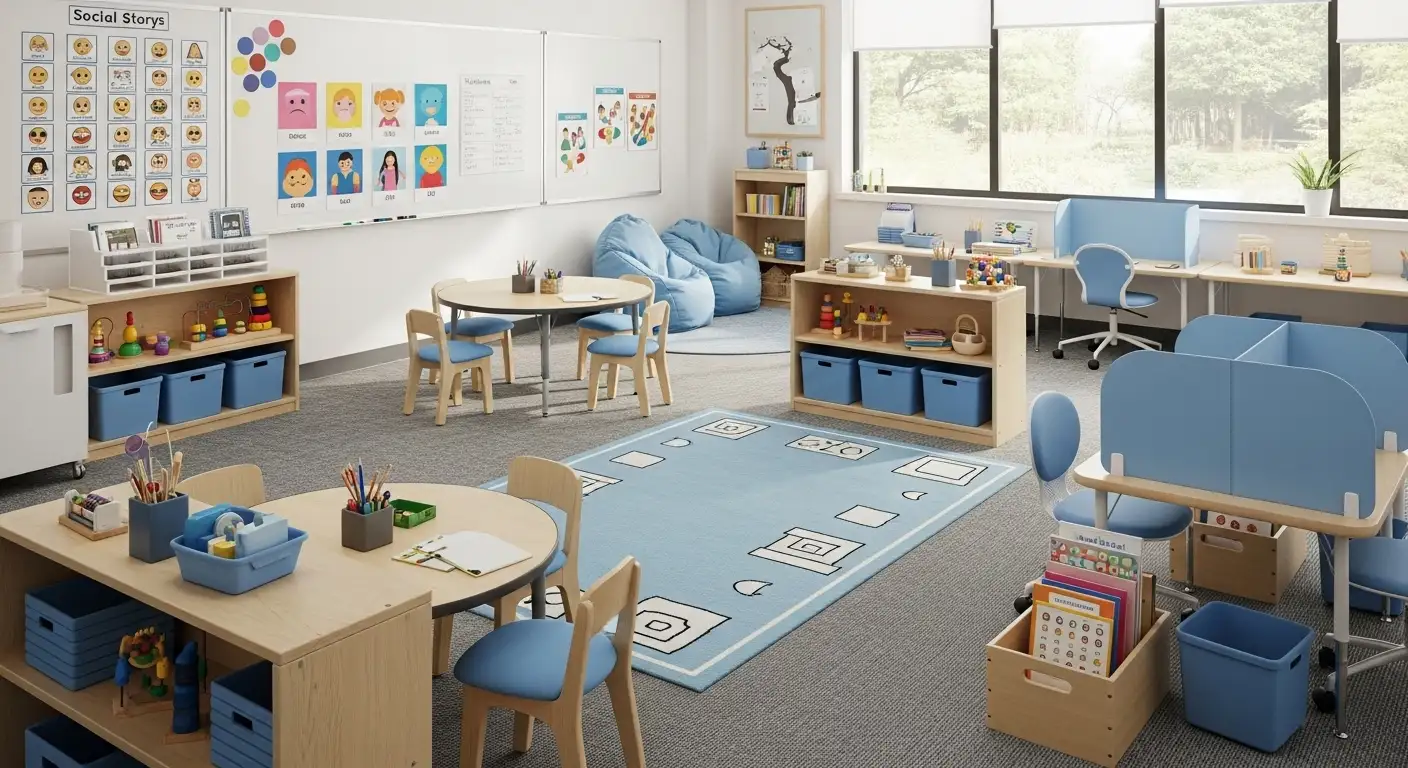Supporting Siblings of Children with Autism
Enhancing Family Dynamics through Inclusive Autism Support

Understanding the Importance of Siblings in Autism Therapy
Families with a child on the autism spectrum often focus on the child's therapy and support needs, but siblings play a crucial role and face unique challenges as well. This article explores how Applied Behavior Analysis (ABA) therapy not only benefits children with autism but also supports their siblings, fostering empathy, understanding, and stronger family bonds. By involving siblings in therapy and family routines, families can create a more supportive and united environment.
What is Applied Behavior Analysis (ABA) Therapy and Its Role in Autism Support?
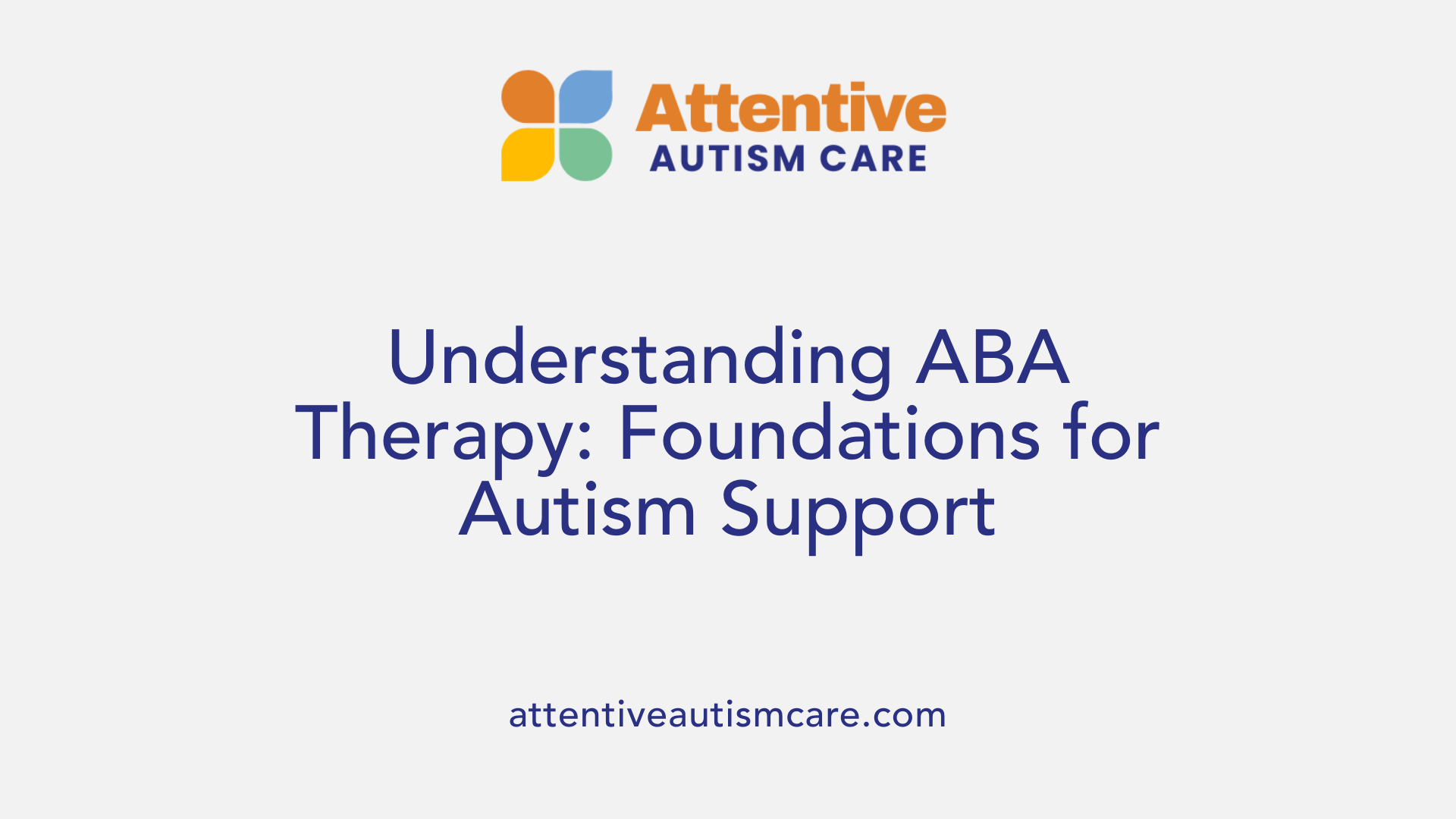
Definition of ABA Therapy
Applied Behavior Analysis (ABA) therapy is a scientifically proven approach that uses learning principles to improve various skills in individuals with autism. It focuses on observing behaviors and the environment, then applying techniques like positive reinforcement and task analysis to encourage beneficial behaviors.
Core Principles and Techniques
ABA uses several methods, such as reinforcing desired behaviors with praise or rewards, breaking down complex skills into manageable steps, and using visual cues to support learning. These techniques help develop communication, social interaction, and daily living skills.
Goals of ABA Therapy for Autism
The main aims are to increase useful behaviors, like language use and social skills, and decrease behaviors that interfere with learning or daily functioning. ABA therapy supports children in gaining independence and improving their quality of life.
How ABA is Tailored to Individual Needs
Each ABA program is personalized by a Board Certified Behavior Analyst (BCBA), who creates plans based on the child's strengths and challenges. Close collaboration with families ensures the therapy fits the child’s environment and promotes success both in and out of the clinic.
Supporting Research and Practice
ABA therapy has demonstrated significant improvements in cognition, communication, and daily living for children with autism. Its effectiveness relies on consistent, individualized programming and professional oversight.
| Aspect | Description | Purpose |
|---|---|---|
| Reinforcement | Using praise or rewards to encourage behaviors | Increase positive and helpful skills |
| Task Analysis | Breaking skills into small steps | Build complex abilities gradually |
| Personalized Plans | Tailored goals and techniques by BCBAs | Match therapy to individual strengths and needs |
| Family Collaboration | Working with families to implement strategies | Enhance therapy effectiveness and consistency at home |
Who Provides ABA Therapy and Their Qualifications

Professionals involved in ABA therapy
ABA therapy is commonly delivered by a team of specialists trained in applied behavior analysis. Central to this team are Board Certified Behavior Analysts (BCBAs), who lead the development and oversight of behavioral intervention plans. These experts have extensive training in assessing behaviors and designing effective, individualized therapy.
Certification and education requirements
BCBAs typically hold at least a master's degree in applied behavior analysis or a related discipline. Their education includes both academic coursework and practical experience. Candidates complete supervised fieldwork hours where they apply behavioral principles directly with clients. Certification requires passing a rigorous exam and adhering to ethical standards.
Role of BCBAs, BCaBAs, and RBTs
Besides BCBAs, the therapy team often includes Board Certified Assistant Behavior Analysts (BCaBAs), who provide support under BCBA supervision, and Registered Behavior Technicians (RBTs), who carry out therapy sessions by implementing ABA strategies. BCBAs oversee plans to ensure quality and tailor interventions to each child's strengths and needs.
Importance of ongoing training
The field of applied behavior analysis evolves continually, making ongoing education critical. Providers renew their certifications regularly and engage in professional development to stay updated on best practices and emerging research, ensuring effective and ethical therapy delivery.
Measuring the Effectiveness of ABA Therapy Over Time
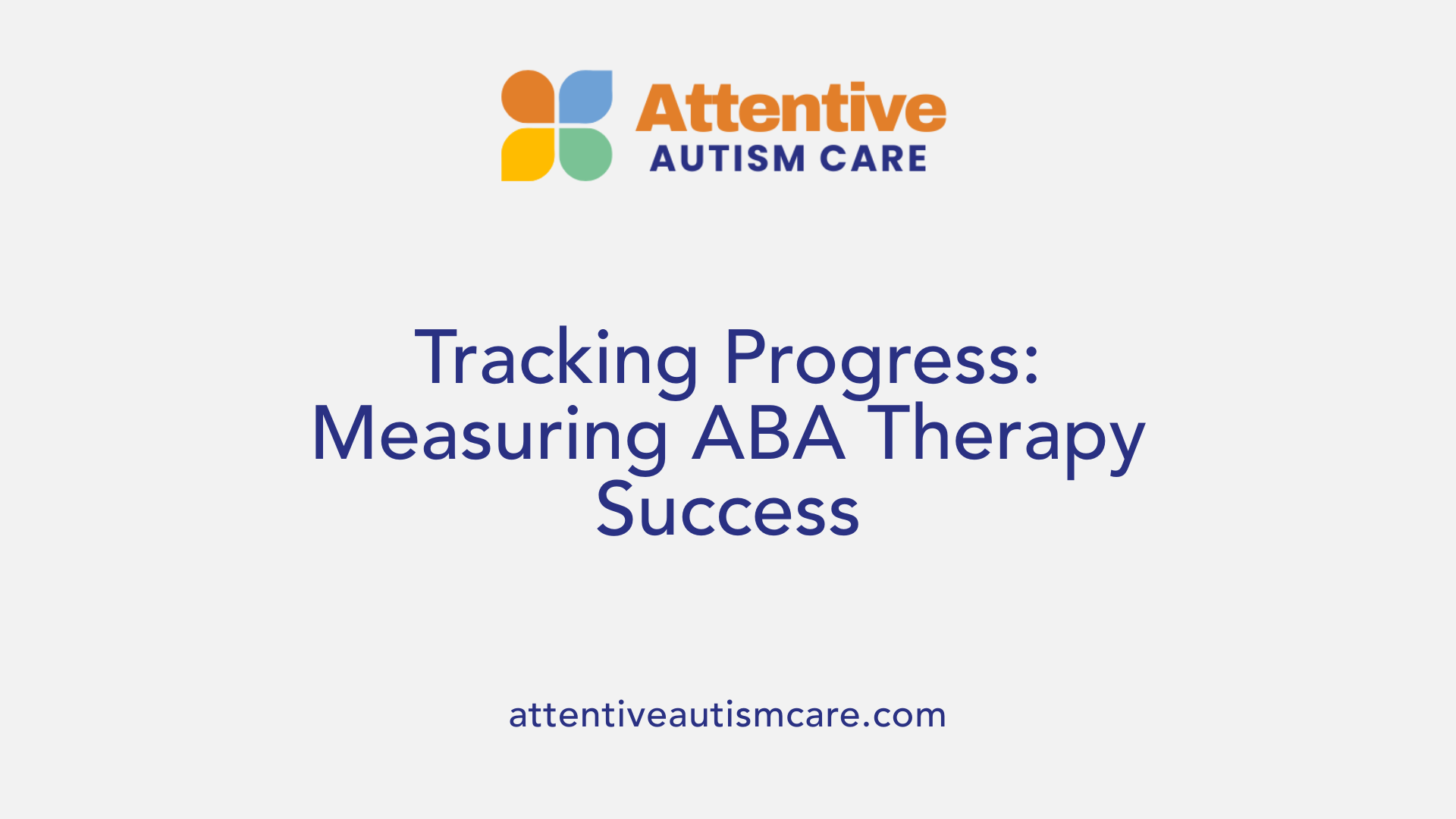
How is the effectiveness of ABA therapy measured over time?
The effectiveness of ABA therapy is carefully tracked through systematic data collection and ongoing monitoring of a child's progress. Behavior analysts, known as BCBAs, gather detailed information on the child’s cognitive, language, social, and daily living skills throughout therapy. These data help identify improvements in targeted areas and guide necessary adjustments.
Standardized assessment tools play an important role in this process. Instruments such as the Vineland Adaptive Behavior Scales (Vineland-3), the Verbal Behavior Milestones Assessment and Placement Program (VB-MAPP), and the Early Functional Living (EFL) assessment measure progress in communication, socialization, and adaptive behaviors. These tools provide objective scores that reflect the child’s development, with higher scores indicating greater gains.
Other specialized tools, like the Program Observation Protocol-Children (POP-C), help determine the most effective dosage and intensity of therapy based on individual needs. This personalized approach ensures that interventions are fittingly tailored and resources are efficiently allocated.
BCBAs regularly review all collected data to refine and adjust therapy plans. They collaborate closely with families, continually adapting goals and strategies to boost learning and skills acquisition. This dynamic adjustment process maximizes the child’s long-term growth potential.
What long-term outcomes signal successful ABA therapy?
Positive long-term outcomes of ABA therapy include increased independence in daily living activities, improved language and communication skills, and enhanced social functioning. Scientific research supports that children receiving ABA often show lasting gains that lead to better integration at school and in the community.
Through consistent progress monitoring and individualized treatment, ABA empowers autistic individuals to build meaningful skills that improve quality of life over time.
| Aspect | Description | Purpose |
|---|---|---|
| Data Collection | Systematic tracking of behavior and skills | To monitor progress and identify areas needing adjustment |
| Standardized Assessments | Tools like Vineland-3, VB-MAPP, EFL | Provide objective evaluation of developmental milestones |
| Treatment Intensity Tools | POP-C and similar protocols | Determine appropriate therapy dosage based on individual needs |
| Regular Plan Review | Ongoing goal setting and strategy refinement by BCBAs | Optimize therapeutic outcomes |
| Long-term Outcomes | Independence, communication, and social skills improvement | Indicators of successful therapy impact |
The Unique Emotional Landscape of Siblings of Children with Autism

Typical Emotions Experienced by Siblings
Siblings of children with autism often navigate a complex emotional landscape. Common feelings include jealousy, as they might receive less attention compared to their sibling; guilt, for sometimes wishing for normalcy; confusion about the differences and behaviors related to autism; embarrassment in social situations; and protectiveness toward their sibling.
Impact on Siblings' Well-Being
These emotions can significantly affect siblings' well-being. They may experience stress or feel isolated, especially when struggling to understand their sibling's challenges. The emotional toll sometimes leads to difficulties in managing their own feelings and social relationships.
Challenges in Understanding Autism
Many siblings find it hard to comprehend autism and the behaviors associated with it, such as meltdowns and sensory sensitivities. This can cause misunderstandings and frustration within the family, impacting the sibling’s emotional state.
Siblings’ Feelings About Family Dynamics
Siblings often sense the differences in family routines and dynamics, sometimes feeling different from their peers or less involved. They may also encounter reduced social opportunities due to family focus on the child with autism. However, when siblings are included in care and play, and parents communicate openly about autism, siblings’ feelings of confusion and isolation can be alleviated, fostering empathy and stronger family bonds.
Role of Siblings in Supporting Children with Autism

Emotional support and role modeling
Siblings play a vital role in providing emotional support to children with autism. Acting as natural role models, they help reinforce positive behaviors learned through ABA therapy, fostering empathy and patience within the family. This involvement strengthens family bonds and nurtures a supportive home environment.
Reinforcing learned skills from therapy
Through participation in ABA sessions and daily interactions, siblings help practice and reinforce skills such as turn-taking, using visual cues, and managing emotions. Their consistent encouragement and use of positive reinforcement like praise and rewards complement formal therapy, enhancing the child’s progress.
Participation in daily routines and play
Including siblings in care routines and playtime creates opportunities for shared learning and interaction. Age-appropriate involvement allows siblings to contribute meaningfully, making therapy and skill practice part of everyday family life and promoting inclusion.
Benefits to family unity
Active sibling participation helps develop stronger family connections by reducing misunderstandings and increasing empathy. Open communication, use of social stories, and perspective-taking activities foster acceptance and reduce feelings of isolation among siblings, contributing to a harmonious household.
Inclusive ABA Therapy: Involving Siblings in the Process
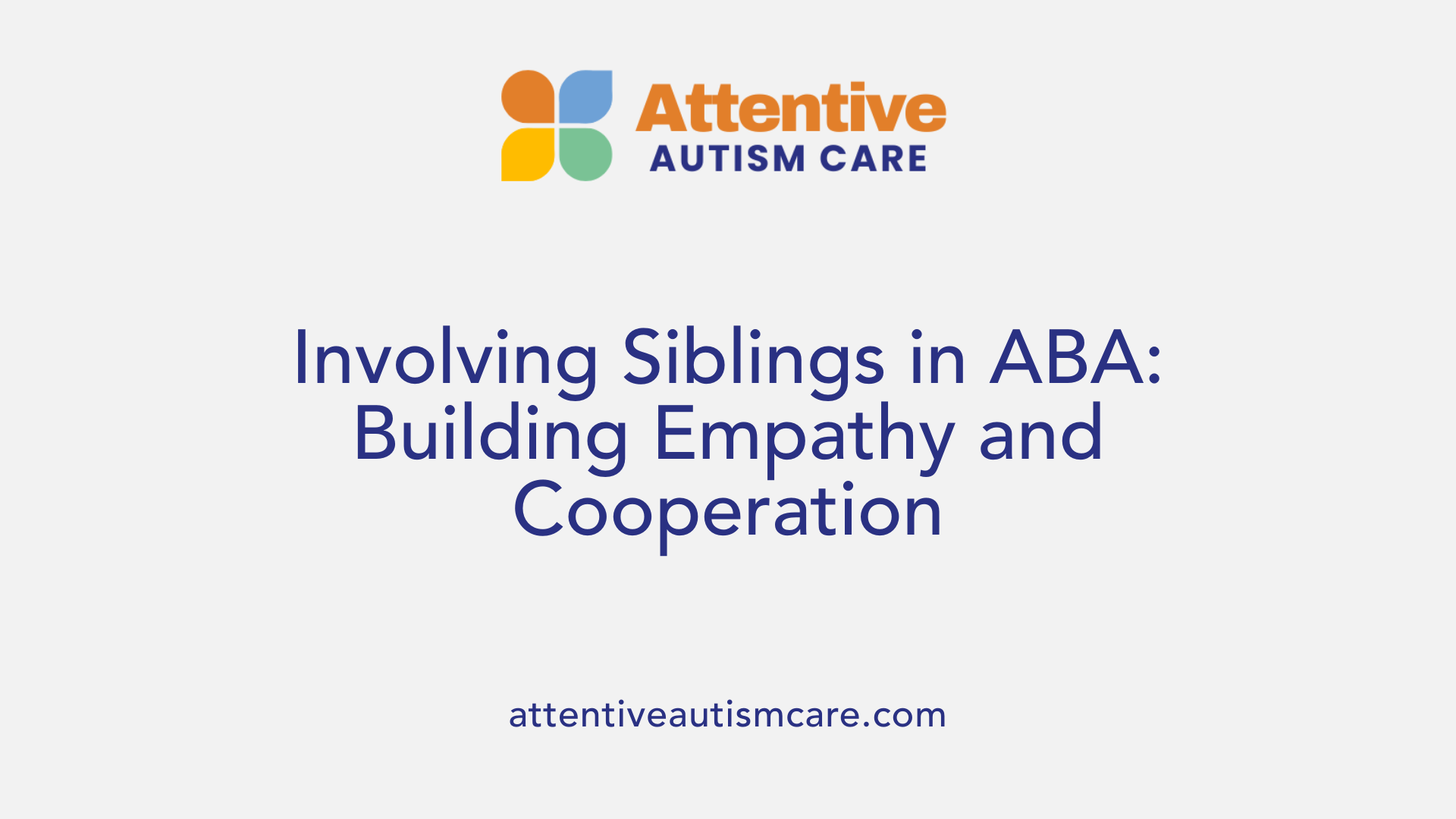
Incorporating siblings into ABA therapy sessions
Integrating siblings into Applied Behavior Analysis (ABA) therapy sessions can significantly benefit the family dynamic. Siblings participating in therapy reinforce learned skills, serve as role models, and engage in practice of daily routines and play. Approaches such as turn-taking, visual cues, and positive reinforcement used within ABA are effective tools to support siblings in managing emotions and building cooperative interactions.
Fostering empathy and patience through involvement
Active involvement in ABA sessions nurtures empathy and patience among siblings. Understanding their brother’s or sister’s autism and therapy tools through age-appropriate explanations promotes compassion and reduces misunderstandings. These qualities contribute to stronger, more resilient family bonds and create a nurturing environment.
Collaborative family-based therapy plans
Board Certified Behavior Analysts (BCBAs) design personalized therapy plans tailored to the child’s needs and strengths. Families, including siblings, are closely involved to enhance the effectiveness of treatment. Such collaboration ensures siblings feel valued and included, helping them to positively influence the child’s progress and overall family harmony.
Professional guidance to support sibling interactions
Professionals advise parents on openly communicating about autism and validating siblings’ feelings. They recommend coping strategies like role-playing and calm-down techniques to manage challenges such as jealousy or confusion. Programs that include siblings, like those offered by Willow Reach ABA, utilize tools like social stories and perspective-taking exercises to deepen sibling understanding and promote acceptance.
| Aspect | Description | Benefits |
|---|---|---|
| Therapy Inclusion | Siblings participate in ABA sessions | Reinforces skills; role modeling |
| Emotional Development | Fosters empathy and patience | Stronger family bonds |
| Customized Family Plans | BCBAs tailor plans with family collaboration | Enhanced therapy effectiveness |
| Professional Support | Guidance on communication and coping | Improved sibling relationships |
Supporting Siblings Through Education and Emotional Tools

How Can Age-Appropriate Explanations About Autism and ABA Aid Siblings?
Providing siblings with clear and age-appropriate explanations about autism and applied behavior analysis (ABA) helps build their understanding and empathy. When siblings learn about their brother or sister’s unique needs and the reasons behind certain behaviors, it reduces feelings of confusion and frustration. This knowledge empowers them to engage more sensitively and supportively within family routines.
What Role Do Social Stories, Visual Aids, and Perspective-Taking Exercises Play?
Tools like social stories and visual aids make abstract concepts more accessible for siblings. They illustrate everyday situations, emotions, and interactions, helping siblings grasp what their brother or sister with autism might experience. Perspective-taking exercises further deepen empathy by encouraging siblings to consider feelings from different viewpoints, fostering patience and kindness.
How Can Coping Strategies Such as Role-Playing and Calm-Down Techniques Help?
Role-playing scenarios allow siblings to practice responses to challenging situations in a safe, controlled environment. This practice builds confidence and emotional regulation skills. Calm-down techniques teach siblings ways to manage their own stress or frustration, promoting a more harmonious family atmosphere and effective interactions during therapy or daily life.
In What Ways Do These Educational and Emotional Supports Build Empathy and Reduce Misunderstandings?
When siblings understand autism and ABA, they are less likely to misinterpret behaviors or feel isolated. Emotional tools equip them to express their feelings constructively, supporting stronger communication. Together, these strategies nurture empathy and reduce misunderstandings, creating a supportive environment where all family members can thrive.
Addressing the Challenges Faced by Siblings

Dealing with jealousy, guilt, and confusion
Siblings of children with autism often navigate a complex mix of emotions. Feelings like jealousy may arise due to the additional attention their brother or sister receives, while guilt and confusion stem from not fully understanding the condition. These emotional responses are natural but can impact their well-being and family relationships.
Managing difficult behaviors and sensory sensitivities
Children with autism may experience meltdowns and sensory processing challenges that siblings find hard to comprehend or cope with. This can create stress and misunderstandings within the family unit, making it essential to support siblings with strategies to manage these challenges effectively.
Feelings of social isolation and difference
Siblings sometimes feel different from their peers because of their family dynamics. They might face reduced social opportunities or embarrassment, which can contribute to feelings of isolation.
Parental communication and validation of sibling feelings
Open and honest communication from parents about autism and its effects plays a crucial role in helping siblings understand their experiences. Validating their feelings and providing coping strategies like calm-down techniques and role-playing scenarios can empower siblings to express themselves and feel supported. This nurturing approach fosters stronger sibling bonds and a healthier family environment.
Creating Positive Family Dynamics Through ABA Strategies

Use of Positive Reinforcement, Praise, and Rewards
Positive reinforcement is a core strategy in ABA therapy that helps guide behaviors by rewarding desired actions, making them more likely to continue. In family settings, applying praise and rewards when siblings engage positively with each other fosters a nurturing environment. These techniques encourage cooperation, empathy, and effective communication among family members.
Including Siblings in Routines and Play
Integrating siblings into daily routines and playtime provides practical opportunities to reinforce learned skills and model supportive behaviors. Through shared activities enhanced with ABA strategies such as turn-taking and visual cues, siblings not only strengthen their bond but also promote patience and understanding. This involvement encourages siblings to contribute positively to the therapy process and the overall family dynamic.
Avoiding Sibling Comparisons and Promoting Acceptance
Promoting acceptance involves focusing on each child's unique qualities and avoiding comparisons that can cause jealousy or feelings of inadequacy. Families benefit from embracing differences and fostering an environment where every member feels valued. This approach reduces tension and helps siblings appreciate one another's individual journeys.
Highlighting Individual Strengths of All Family Members
Recognizing and celebrating each family member's strengths builds confidence and self-esteem. Highlighting personal achievements—whether in behavior, social skills, or talents—reinforces a positive family atmosphere. This focus not only supports the child with autism but also empowers siblings, enhancing family unity and mutual respect.
The Role of Professional ABA Services in Supporting the Entire Family
Family-focused ABA programs
Professional ABA services, such as those provided by Willow Reach ABA, emphasize a family-centered approach. These programs actively involve not only the child with autism but also parents and siblings in therapy sessions. By integrating the whole family, ABA therapy fosters stronger sibling bonds and promotes a more positive family environment.
Integration of in-home ABA services with family routines
In-home ABA therapy sessions are designed to seamlessly fit within everyday family routines. This integration helps children with autism generalize skills across settings and allows siblings to participate naturally in therapy activities. In-home services create opportunities for shared play, turn-taking, and practice of communication skills, which benefits all family members.
Collaboration with parents to strengthen sibling bonds
Board Certified Behavior Analysts (BCBAs) work closely with parents to tailor ABA plans according to the child's unique needs and family dynamics. This partnership includes coaching parents on strategies to involve siblings effectively through age-appropriate explanations, positive reinforcement, and emotional support techniques. Open communication encourages siblings' understanding and patience, contributing to healthier relationships.
Overall benefits for social development and family well-being
When families engage fully in ABA therapy, social development flourishes—not only for the child with autism but also siblings. Skills such as empathy, patience, and emotion management are cultivated, resulting in improved family unity. The supportive environment helps address siblings’ emotional challenges while promoting acceptance of differences and recognizing individual strengths.
| Aspect | Description | Benefit |
|---|---|---|
| Family-focused ABA Programs | Inclusive therapy involving parents and siblings | Strengthens sibling bonds and family environment |
| In-home ABA Integration | Therapy embedded in daily routines | Facilitates skill generalization and sibling participation |
| Parent Collaboration | Tailored plans and coaching parents | Enhances sibling support and understanding |
| Social and Emotional Benefits | Development of empathy, patience, and emotion management | Improves overall social development and family well-being |
Fostering Understanding and Unity in Families
Supporting siblings of children with autism is a vital component of comprehensive autism care. ABA therapy not only transforms the life of the child receiving the intervention but also offers tools and methods to involve and empower siblings. By recognizing their emotional experiences, involving them in therapy and daily routines, providing education, and fostering positive family dynamics, families can build stronger, more empathetic relationships. Professional ABA providers play a key role by tailoring therapy plans that include siblings and parents, ensuring that all family members thrive together in an environment of understanding and acceptance.
References
- Supporting Sibling Relationships with ABA Therapy
- How Can You Support Siblings During Center-Based ABA?
- How to Support Siblings of Children with Autism - Childwise ABA
- Applied Behavior Analysis (ABA)
- ABA Therapy Goals: 25 Practical Examples & Timelines
- Efficacy of Interventions Based on Applied Behavior ...
- A Tool for Determining Treatment Dosage in Applied Behavior ...




